December photo: sunset in Las Medulas

Las Médulas is an old gold mining site of the Roman Empire, located in León, Spain, which presents interesting rock formations produced by this activity. The color of the rock is due to the mineral that contains, and is accentuated during the sunset.
This image was taken from an easily accessible viewpoint, which must be reached soon because it is full of photographers, especially on weekends. We we went 3 days, but only this time we had clouds in the sky.
Since there was a huge difference in luminosity between the sky and the earth, I decided to make two exposures, with a difference of 4EV, and then combine them with Aurora HDR to obtain a more real image, presenting the entire dynamic range of the scene.
Camera Pentax K-1. Lens Samyang 14mm F2.8. ISO 100, 1", f/8.0. Author: Juan Abal
November photo: the wave

The South Atlantic is one of the places where the sea appears with all its power, where you can see really big waves. During the 4 days of travel between the Falkland Islands and South Georgia we had the opportunity to see many waves, but it was not easy to photograph them: if they are small they do not have these ridges, but if they are very large you can not go out on deck, because of the risk to be dragged by the sea. In addition you have to look for the backlight, and the moment when you see this intense blue 'aquamarine'. You have to get many factors simulataneously and, if you do not get dizzy and invest several hours trying, you can get the image you envision from the wave.
Camera Olympus OMD E-M1. Lens Olympus 40-150mm F2.8 + MC-14. ISO 320, 1/2000, f/8.0. Author: Yolanda Moreno
October photo: Milky Way over Atacama
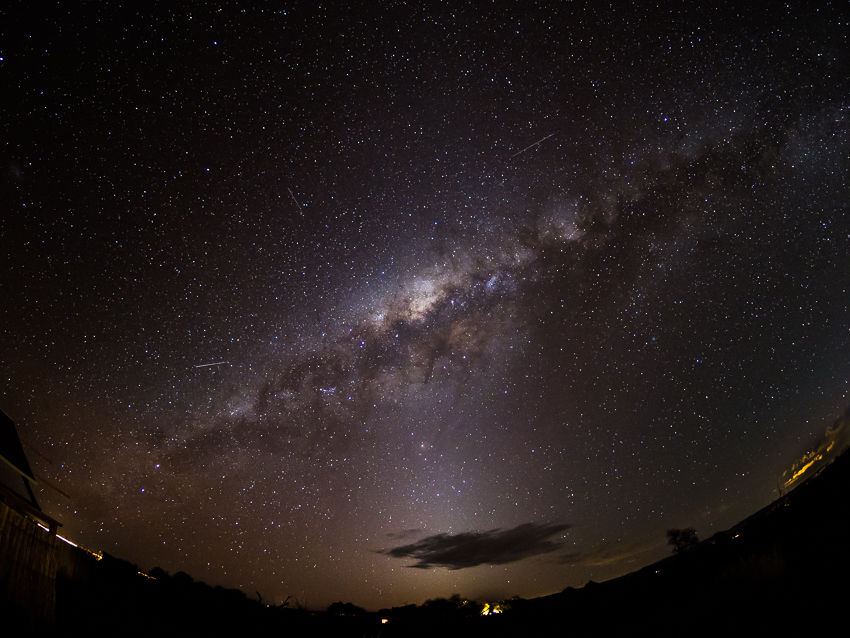
The Atacama region, next to the Canary Islands and Hawaii, are the places with the cleanest skies on the planet, where the best and largest telescopes are installed. This image is made near San Pedro de Atacama, Chile, from the house where we were staying. Unfortunately here the sky is not so dark due to the light pollution of San Pedro, but that did not stop us from seeing the magnificent spectacle of the Milky Way over the southern sky.
Camera Olympus OMD E-M1-II. Lens Olympus 8mm F1.8. ISO 1600, 15", f/2.0. Author: Juan Abal
September photo: king penguins in South Georgia

The islands of South Georgia, in the South Atlantic, are a paradise for nature lovers: beaches so full of animals that it is difficult to advance; high mountains and impressive glaciers. It is a remote place, very difficult to access, but where you can experience what a virgin place means, where animals are not scared but are curious about us, and come to see what we are.
In this place thousands of penguins were concentrated to moul feahters: while moult, they do not move much, because they can not go to eat to the sea and they must reserve energies. You just need to sit with the camera on the tripod and enjoy the show.
Camera PhaseOne DF, IQ160. Lens Schneider LS 80mm F/2.8. ISO 100, 1/400, f/8. Author: Juan Abal
August photo: renewable energies
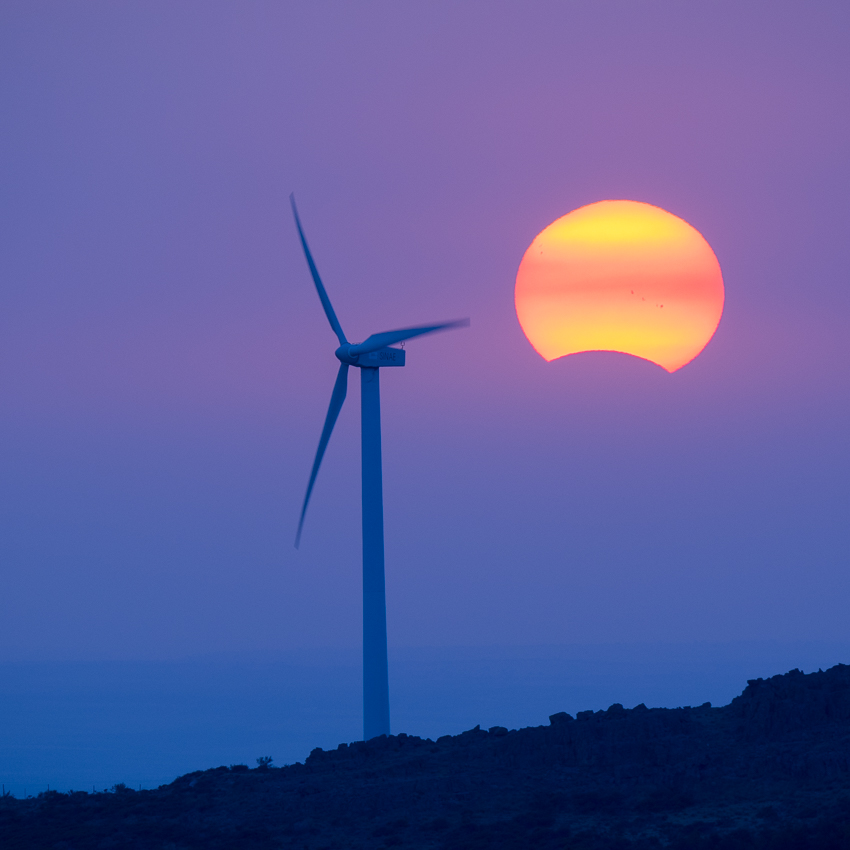
On August 21 we went with several friends of FONAMAD to photograph the solar eclipse. We chose a high zone near Madrid, where there is a wind farm, so that we could see the sun on the horizon. When the eclipse began we thought that the image of a windmill with the sun in the background would be interesting, joining the two most important renewable energies, that generate more electricity in Spain. Although they should generate much more (wind and sun we have a lot)
Camera Olympus OMD EM-1. Lens Leica DG 100-400/F4.0-6.3. ISO 200, 1/80, f/8. Authors: Juan Abal & Yolanda Moreno
July photo: playa de Campiecho, Asturias, Spain
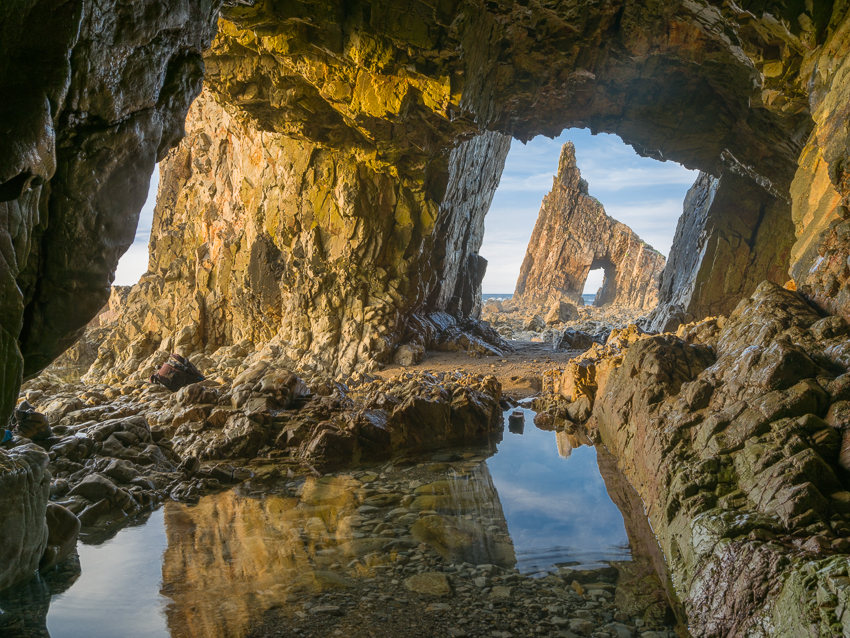
This photo was made 4 years ago on a trip to East Greenland.
It was at the beginning of September. I chose that time because there is already night, which helps if you want to see aurora borealis. In addition, above the Polar Circle is already autumn and the carpet of little plants, which covers the areas of the coast that are discovered snow and ice during the summer, is beautiful with reddish tones.
The photo was made in the afternoon from a ship. The sun fell on a nearby mountain, of rock with a high content of iron, and the golden light reflected in the sea. That reflection is in fact the 'handle' of the brush. And the 'hair' is the wake that left the boat.
Although there is less and less ice, that year there was enough 'pack ice' down the coast. That day the sea water was dense, at a very low temperature, beginning to freeze. At the time of the photo, the water of the fjord was in absolute calm, and the boat was advancing slowly; the sea began to freeze so the wake seemed to slide over the surface.
Camera Pentax K5IIs. Lens Pentax DA* 50-135 F/2.8. ISO 320, 1/500, f/5. Author: Yolanda Moreno
June photo: brush
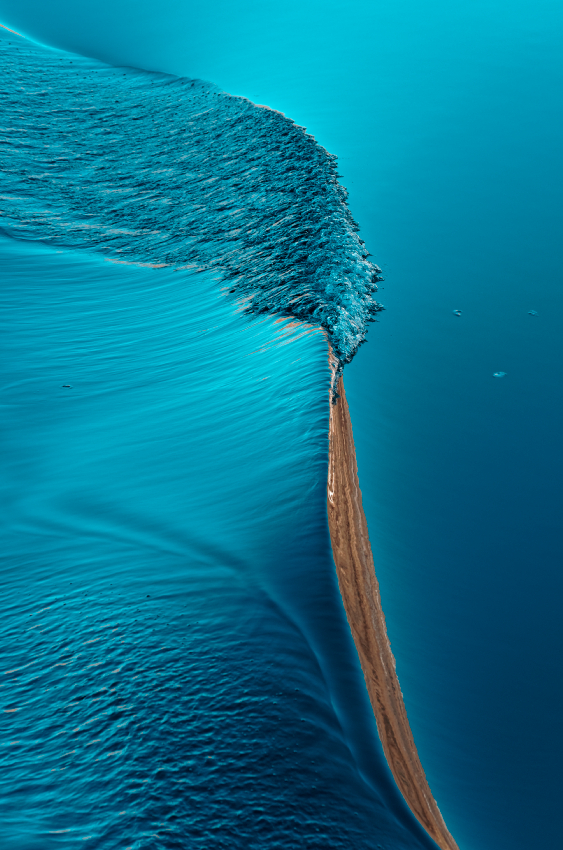
I made this photo was made 4 years ago on a trip east of Greenland.
It was the beginning of September. I chose that time because there is already night, which helps if you want to see aurora borealis. In addition, above the Polar Circle it is already autumn and the carpet of little plants, that covers the zones of the coast that are discovered of snow and ice during the summer, it becomes beautiful with reddish tones.
The photo is made in the afternoon from a boat. The sun fell on a nearby mountain, of rock with a high content of iron, and the golden light reflected in the sea. That reflection is in fact the 'handle' of the brush. And the 'hair' is the wake that left the boat.
Although there is less and less ice, that year there was plenty of 'pack ice' down the coast. That day the sea water was dense, at a very low temperature, beginning to freeze. At the time of the photo, the water of the fjord was in absolute calm, and the boat was advancing slowly; The sea began to freeze, so the wake seemed to slide over the surface.
Camera Pentax K5IIs. Lens Pentax DA* 50-135 F/2.8. ISO 320, 1/500, f/5. Author: Yolanda Moreno
May photo: poppies field
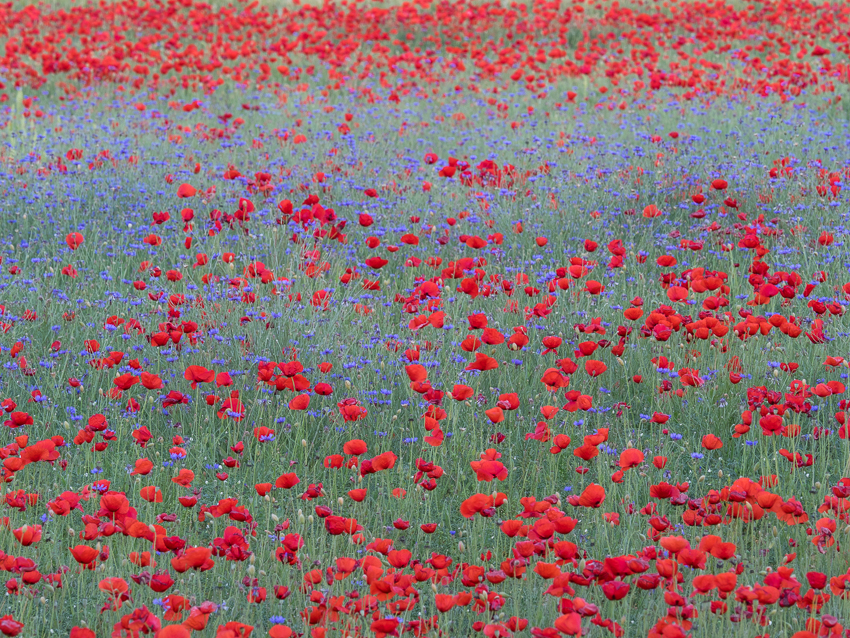
During a weekend excursion we discovered a field of poppies very close to a town in the southeast of Madrid, so we went there the next day with all our photographic equipment to take advantage of the occasion.
In this image we try to make a composition of repeated patterns, similar to an impressionist painting. We used a medium diaphragm so that the background was out of focus, and the horizontal bands of color were better noticed.
Camera Olympus OMD-EM5 II. Lens Zuiko 40-150 mm F/2.8 + MC-14. ISO 200, 0.8", f/11. Author: Yolanda Moreno
April photo: Barrika beach
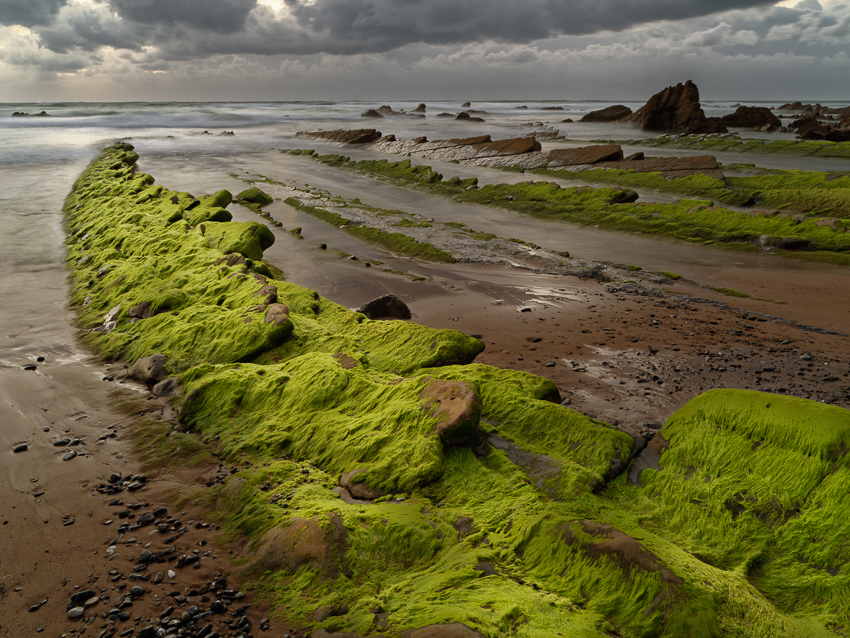
The flysch formations of the Basque coast are well known and photographed. In an exit organized by FONAMAD we had the opportunity to observe these curious formations, although the weather conditions were not perfect.
In the end it is about finding the right light and having a bit of luck so that, just when the light is good, the tide is in the right place and no one passes in front of you.
Camera Pentax 645z. Lens PENTAX-FA645 35mm F3.5. ISO 100, 4", f/22. Author: Juan Abal
March photo: sunrise in Lofoten, Norway
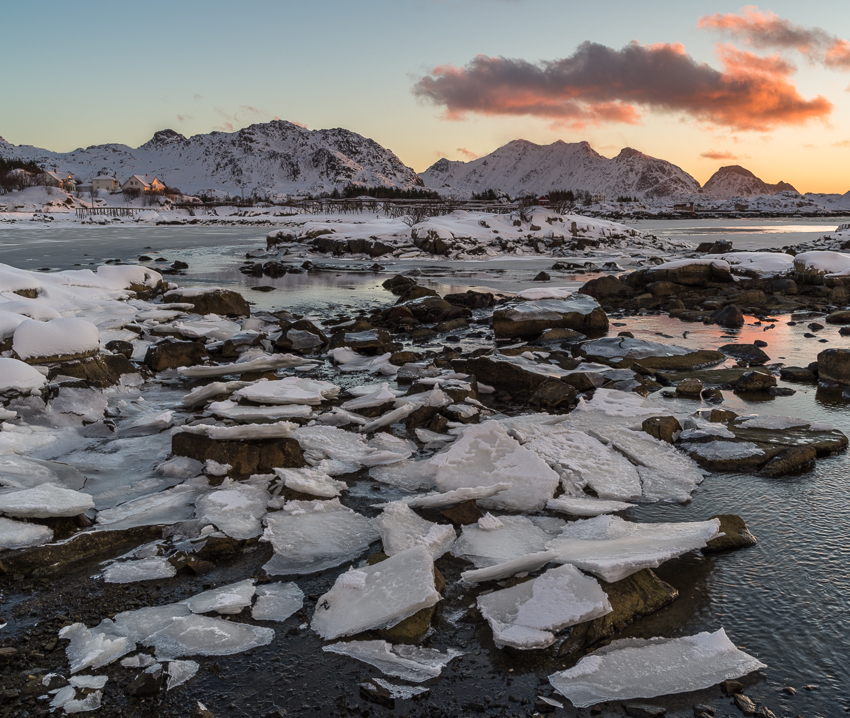
There are many pictures of Lofoten, all magnificent. We also went to those places that everyone knows, but this image is from a small village near Leknes called Ballstad, where we enjoied beautiful sunrises - and an excellent freshly caught cod.
This time we wanted to take a photo of an interesting phenomenon: when the sea is frozen and the tide lowers, the ice breaks on the rocks, leaving this curious landscape. To get this effect is not easy: the sea must frozen at night and the low tide must be at dawn, and the sky should be clear -too e many coincidences- but we got it, obtaining this beautiful image.
Camera Pentax 645z. Lens PENTAX-FA645 35mm F3.5. ISO 100, 1/10, f/11. Author: Juan Abal
February photo: killer whale jump
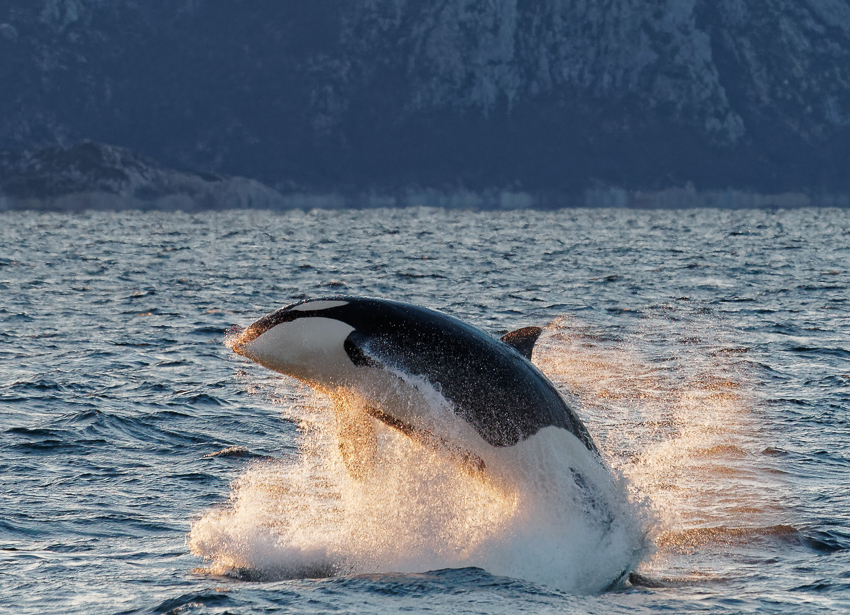
We have seen killer whales jumping in many places but it has always been very difficult to photograph them: they appear where you least spit it out and the event lasts very little time. For when you have the whale in the viewfinder and shoot, you only get a photograph of the water splashing.
However, on our boat trip around Tromso, we had the chance to see many orcas and several jumps. This time the whale jumped right in front of us, and she almost got herself into the frame. A firm pulse and agile reflexes made us finally have a photo of jumping killer whale.
Camera Olympus E-M5 II. Lens M Zuiko 40-150mm + MC -1.4. ISO 1600, 1/1000, f / 5.0. Author: Yolanda Moreno
January photo: Rio Tinto
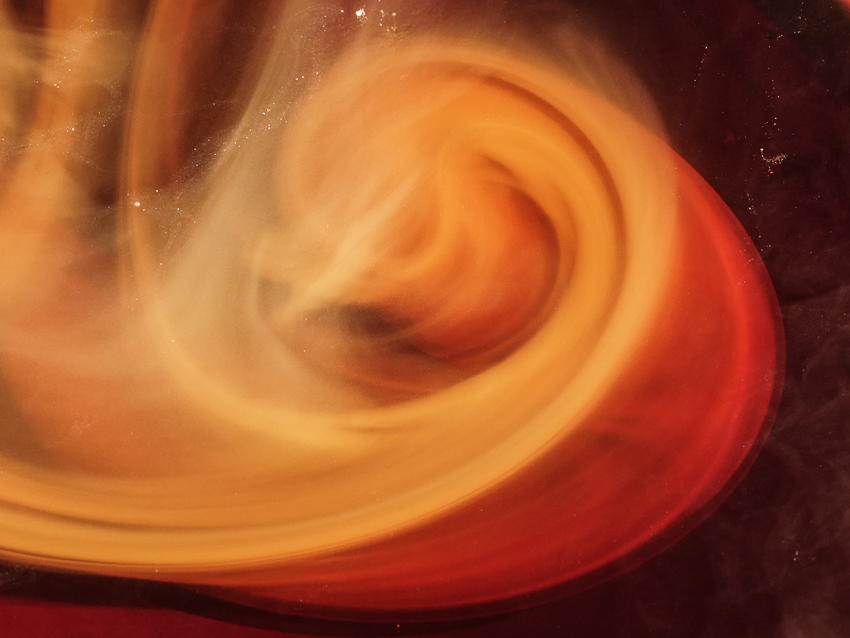
We had thought about going to Rio Tinto (Red River) for a while. But for some things or for others, we always ended up postponing the trip. Just visiting the mining exploitation is worth, but if you also enjoy the colors of the various minerals and if you like photography, Rio Tinto becomes a paradise of landscape and abstraction.
We organized to go early December. It was just after a week of torrential rain. We did not know if the red color of the river was going to clear, or if with so much water and mud we would not be able to do anything.
But Rio Tinto is surprising. No matter if it is summer or winter, that the river descends with much or little water, there is always something incredible to photograph.
As in the case of these sediments that moved with the current creating abstract forms.
Camera Olympus E-M5 II. Lens M Zuiko 40-150mm. ISO 800, 1/80, f / 11. Author: Yolanda Moreno